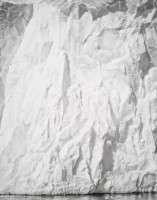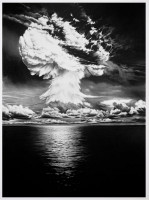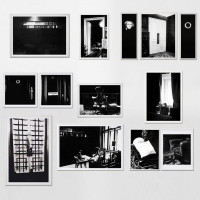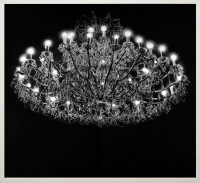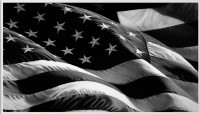
Details
Artist
Styles
Ditone print on Hahnemühle Photo Rag Ultra Smooth 305g paper - Signed and numbered on the front // Robert Longo’s Untitled (Bucephalus) is a powerful and striking depiction of a horse, presented in a deeply atmospheric black and white print. Named after Bucephalus, the legendary horse of Alexander the Great, the image conveys a sense of strength, dignity, and somber beauty. The horse’s muscular form is rendered with intricate detail, its head slightly bowed as if in contemplation or readiness for battle. Longo’s mastery of chiaroscuro (the interplay of light and shadow) is evident in the dramatic contrasts, which enhance the form and texture of the horse’s mane and bridle. The dark, moody sky in the background adds to the emotional intensity of the work, evoking a sense of both power and melancholy. Signed and numbered on the front, this Ditone print on Hahnemühle paper exemplifies Longo’s ability to merge hyperrealism with symbolic depth, drawing viewers into a meditative, almost mythical contemplation of strength and resilience.
Untitled (Bucephalus), 2017
form
Medium
Size
55.9 x 61 cm
- Inches
- Centimeters
Edition
Price
Details
Artist
Styles
Ditone print on Hahnemühle Photo Rag Ultra Smooth 305g paper - Signed and numbered on the front // Robert Longo’s Untitled (Bucephalus) is a powerful and striking depiction of a horse, presented in a deeply atmospheric black and white print. Named after Bucephalus, the legendary horse of Alexander the Great, the image conveys a sense of strength, dignity, and somber beauty. The horse’s muscular form is rendered with intricate detail, its head slightly bowed as if in contemplation or readiness for battle. Longo’s mastery of chiaroscuro (the interplay of light and shadow) is evident in the dramatic contrasts, which enhance the form and texture of the horse’s mane and bridle. The dark, moody sky in the background adds to the emotional intensity of the work, evoking a sense of both power and melancholy. Signed and numbered on the front, this Ditone print on Hahnemühle paper exemplifies Longo’s ability to merge hyperrealism with symbolic depth, drawing viewers into a meditative, almost mythical contemplation of strength and resilience.
- Recently Added
- Price (low-high )
- Price (high-low )
- Year (low-high )
- Year (high-low )
Robert Longo
Gretchen & Jules (Men In The Cities), 1982; 1983
Limited Edition Print
Lithograph
Inquire For Price
Robert Longo
Jules, From Men In The Cities, 2002
Limited Edition Print
Lithograph
USD 40,000 - 45,000
Robert Longo
Men In The Cities, Tokyo, Seibu Department Stores, Ltd. IV (Single Woman), 1990
Limited Edition Print
Lithograph
USD 30,000 - 40,000
Robert Longo
Men In The Cities, Tokyo, Seibu Department Stores, Ltd. I (3 Men), 1990
Limited Edition Print
Lithograph
USD 23,500
Robert Longo
Men In The Cities, Tokyo, Seibu Department Stores, Ltd. II (3 Women), 1990
Limited Edition Print
Lithograph
USD 22,500
Robert Longo
White Snow Trees Of The Black Forest, 2020
Limited Edition Print
Pigment Print
EUR 7,500
Robert Longo
Angel's Wing (Small Version), 2013
Limited Edition Print
Pigment Print
EUR 9,000 - 12,000
Robert Longo
Men In The Cities, Tokyo, Seibu Department Stores, Ltd. III (Mixed), 1990
Limited Edition Print
Lithograph
USD 23,500
Robert Longo
Essentials (from The Forty Are Better Than One Series), 2009
Limited Edition Print
Pigment Print
Inquire For Price
Robert Longo
Untitled (Gun), From The Hope And Optimism Portfolio, 1993
Limited Edition Print
Screen-print
USD 17,800
Robert Longo
Eric From Men In The Cities (color), 2014
Limited Edition Print
Archival Print
USD 7,200
Robert Longo
Cindy From Men In The Cities, 2000
Limited Edition Print
Lithograph
Currently Not Available
Robert Longo
Joseph (from The Men In The Cities Series), 2000
Limited Edition Print
Lithograph
Currently Not Available
What is photorealism?
Photorealism is a genre of art or artistic movement that involves drawing, painting, and other graphic media in which the artist carefully studies a photograph and attempts to reproduce it as realistically as possible in another medium. While the term can broadly describe any artwork created in this manner, it specifically refers to a group of painters and paintings in the U.S. art movement that emerged in the late 1960s and early 1970s.












